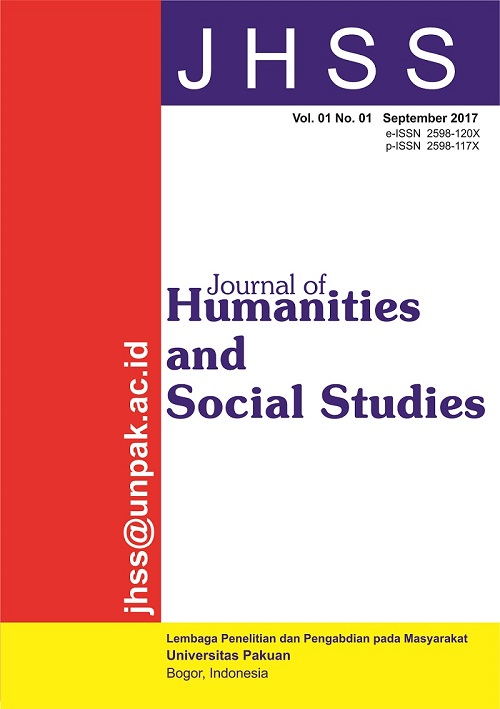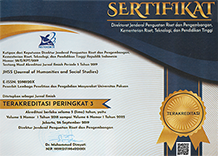User
Information
Keywords
MSMEs
brand image
communication
customer satisfaction
digital marketing
education
elementary school
employee performance
implementation
job satisfaction
learning outcomes
organizational commitment
organizational culture
performance
price perception
profitability
purchase decision
service quality
social media
strategy
transformational leadership
ISSN :
e-ISSN : 2598-120X p-ISSN : 2598-117X

Journal of Humanities and Social Studies is licensed under a Creative Commons Attribution-NonCommercial 4.0 International License.





























